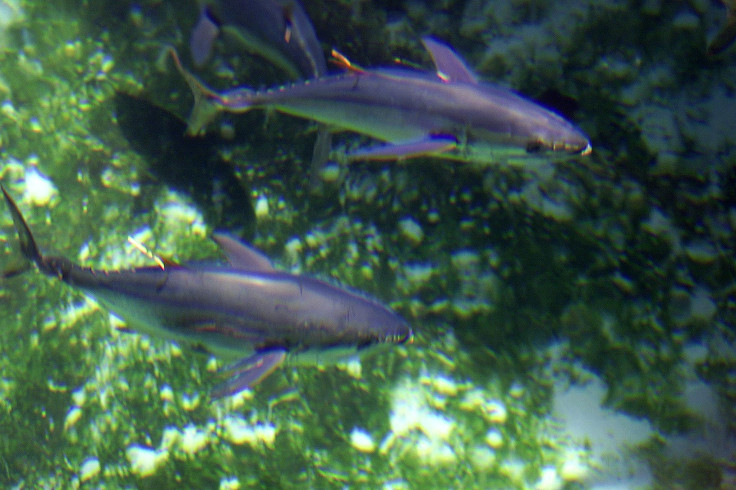World's Largest Marine Sanctuary Will Be Tough To Police

When President Obama announced his intention June 17 to expand a marine sanctuary west of Hawaii, many environmentalists praised the move as a needed protection, but the region’s main fishing group says it could do more harm than good.
According to the Western Pacific Regional Fishery Management Council, composed of representatives from the fishing industry as well as some state and federal officials, the federal protections would unfairly penalize and economically harm the area’s fishermen, and the conservation effort may not even be enforceable.
“The NGOs push the president to make these monuments, then the NGOs leave, and the local government and the federal government are held to try to live up to the promises,” Sylvia Spalding, spokeswoman for the council, said. “But without the resources, we can’t.”
The extended Pacific Remote Islands Marine Sanctuary would be the world’s largest, covering seven islands across nearly 782,000 square miles of federal waters and prohibiting energy exploration, fishing and other activities. The current sanctuary zone extends 50 miles around each island’s coast, protecting marine life like coral reefs. The extension, which is not specified yet, could cover up to 200 more miles, areas Spalding says contain only open-ocean, highly migratory fish like tuna.
“They’re penalizing the U.S. fishermen even after the president recognized that through our management system we have reduced illegal fishing,” she said.
Fish caught in the area account for about 3 percent of the yearly U.S. tuna supply from the western and central Pacific, according to The Pew Charitable Trusts.
According to the Marine Conservation Institute, which supports the sanctuary’s expansion, tuna fishermen in the area can obtain 95 percent of their catch from regions outside the waters being considered for protection.
But the Council also argues that some illegal foreign boats will try to fish in the zone anyway, and banning U.S. fishing vessels in the area will only worsen monitoring.
“The U.S. fishing fleet are the eyes and ears for the Coast Guard,” Eric Kingma, National Environmental Policy Act coordinator for the Council, said. “When they see illegal foreign vessels they call the Coast Guard and they let them know. If we close off those areas to fishing, the Coast Guard is losing resources to monitor those waters.”
In January 2009, then-president George W. Bush established a national monument containing the Marianas Trench, 14 islands near Guam and the Commonwealth of the Northern Mariana Islands (CMNI), west of Hawaii and just beyond the eastern limit of the Philippines’ waters. More than five years after the proclamation, the U.S. and CMNI governments are still working on a co-management plan for the monument, and there’s no specific timeline when the deal must be finalized.
“They can’t even take care of the monuments they’ve already developed,” Spalding said.
© Copyright IBTimes 2024. All rights reserved.






















